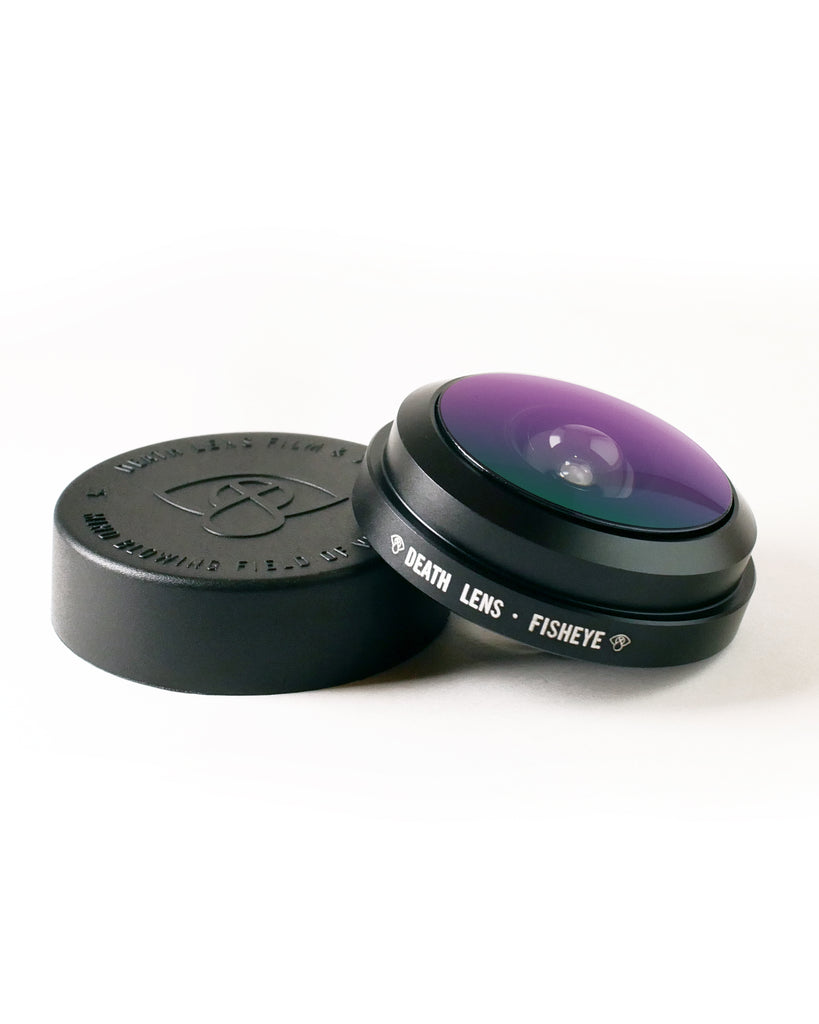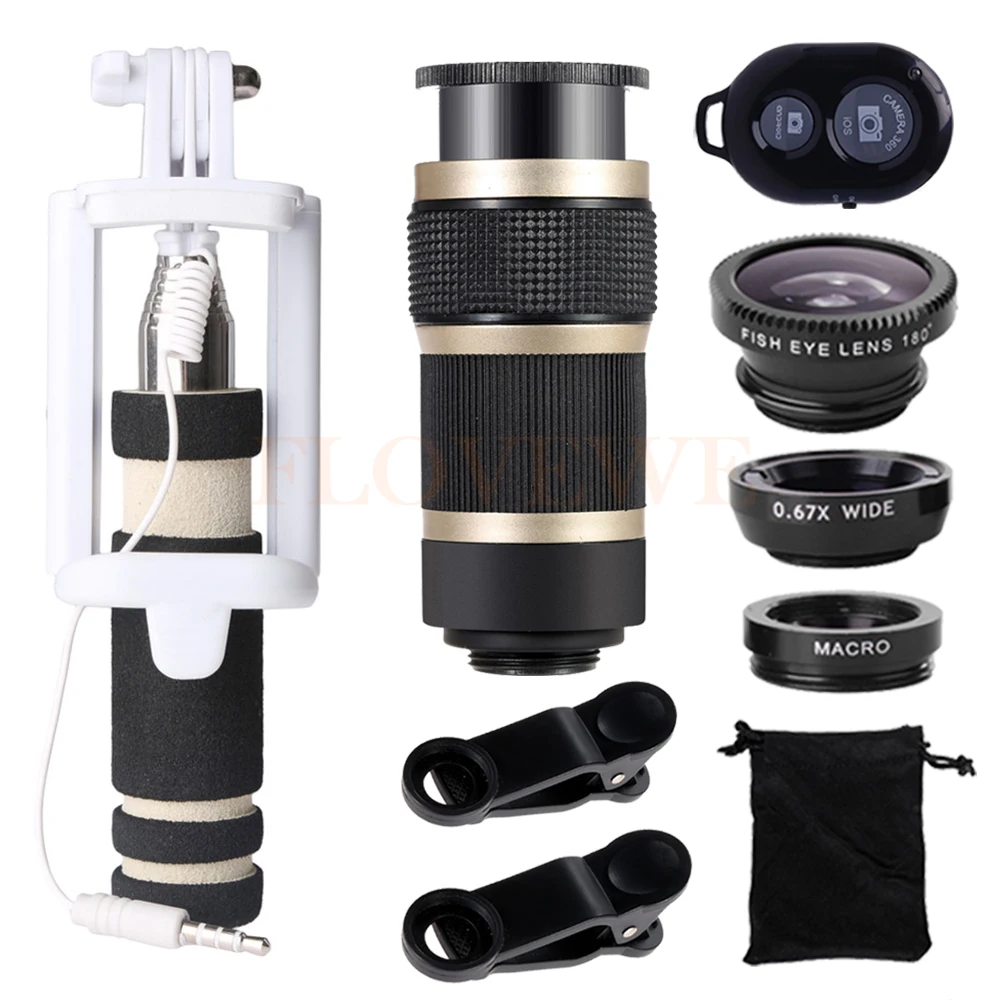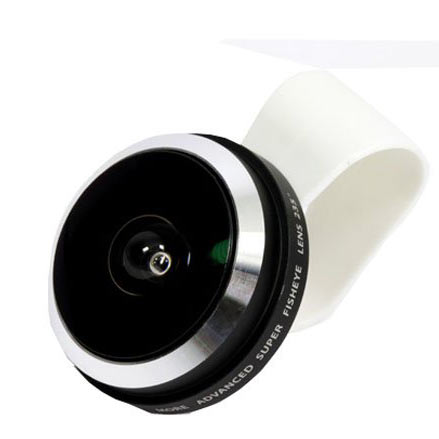
Unlike we saw with the circular fisheye forming a circular image within the frame, a diagonal fisheye lens fills the frame entirely. It is a 180-degree image with a diagonal angle-of-view where the edges are the areas of the picture that is mostly distorted leaving the center “normal-looking”. This effect is also known as the “tunnel vision” effect. This simply means that the produced image is contained within a circle because of the vignette effect in the corners of the frame.

It gives a 180-degree angle of view on the entire periphery namely: vertical, horizontal, and diagonal with a distortion that is like a barrel.

The photo I shared earlier is a great example of a circular fisheye lens. It is important to note that there are different types of fisheye lenses: On the other hand, the fisheye lens takes advantage of this effect that’s why the corrective lens element is not put into place. The reason why wide-angle lenses use a corrective lens element is to remove the chances of image distortion or pincushion distortion. Generally, the lens is more prone to distortion at an image’s periphery is the focal length is shorter. The fisheye distortion is vertically extreme where it bends in the middle which is why the subject at the center is the least distorted. One noticeable difference you will see is that the former produces a distorted edge unlike the latter. What what is the difference between a fisheye lens and a wide angle lens?Ī fisheye lens is an exaggerated wide-angle lens. This post is excellent talking about wide angle lenses in greater detail. (It is for this same reason why it’s the glass of choice for most photographers who take photos of the night sky.) This product’s ability to have a large depth of field and wide angle of view means that the NASA is unlikely to miss anything in space. More of the surrounding is captured into the frame when it’s in use.Ī frequently asked question: why does nasa use fisheye lens? Lastly, where this lens is mostly used unlike any other is in space. If you’ve ever watched a film where actors use doors with peepholes, then that is the exact lens they are using to achieve such a shot. With the edges curved and all, the eye immediately goes to the subject and focus on that.Īnother thing a fisheye is good for is to create a “peephole” effect. Why use lens in extreme sports such as skateboarding? This is to capture specific moves done by the athlete to showcase shots from a different point of view. The effect makes it seem as if the borders were wrapped into a spherical shape.

… because it is capable of capturing an extremely wide image of around 180 degrees.įilmmakers and photographers have used it mainly to give an illusion of distortion.

(This means that a fisheye lens does an amazing job capturing the firmament.) Since then, it was also coined as the “whole-sky lens” because of how it captured a wide view of the subject. The first noted practical use of the glass was in 1920 when it was used to study cloud formation in meteorology. In 1906, an American physicist Robert Wood, coined the term fisheye with the basis on how a fish’s view would be in an ultra-wide hemispherical view. To keep it pretty straightforward, a fisheye is a super wide-angle lens that has a viewing angle close to 180 degrees.īecause of its unique feature, it creates an image that is visually distorted to make it seem like a wide panorama. If you ever considered getting into fisheye lens creative photography, this post is for you. One of those are fisheye lenses which have become widely popular among photographers. There are a lot of lenses available on the market and most people are confused about where and how exactly to use them in photography (and movies).


 0 kommentar(er)
0 kommentar(er)
